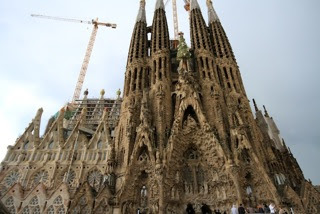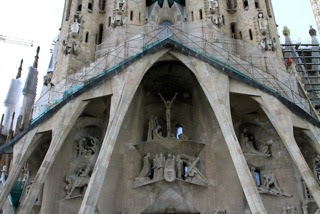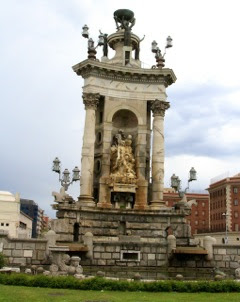Geography: Try tracing a route from Lisbon southwest for approximately 1000 kilometers and you will come across the Madeira Archipelago, consisting of two inhabited islands (Madeira and Porto Santo) and two groups of uninhabited rock formations (‘Ilhas Desertas’ and ‘Ilhas Selvagens’). Madeira is part of Portugal which is in southwestern Europe, bordering the North Atlantic Ocean, west of Spain.
Currency: Euro
National Symbols: Armillary sphere (a spherical astrolabe modeling objects in the sky)
National Anthem: " A Portugesa" (The Song of the Portuguese)
Language: Portuguese
Area Comparison: Portugal is slightly smaller than Indiana.
Distance from Pittsburgh: 5579km or 3466 miles
Terrain: There are mountains north of the Tagus River and rolling plains in the south.
Highest Point: Ponta do Pico (Pico or Pico Alto) on Ilha do Pico in the Azores 2,351 m
Weather You Should Expect: Madeira has lots of sun and a fair bit of sun. Most people who live there find that Madeira has just about the most perfect climate in the world. It is never too hot!
What You Must See: See attractions from Funchal’s stunning jacaranda-lined avenues to the daring cliffs of Cabo Girão. Embark on an interactive journey through Madeira’s past at the Story Centre or simply wander the streets of the capital to encounter charming historical areas and picturesque squares. Numerous churches and convents date back to the 15th century, from the tiny basalt cave of Capela de São Vicente to the ornate interiors of the Sé Cathedral. Madeira’s abundance of protected reserves are a true wonder for nature lovers. Myriad walking trails through rare Laurissilva forests reward hikers with breathtaking mountain views, while scuba divers can explore the crystal clear waters of Garajau Natural Reserve. Numerous parks and gardens boast fascinating subtropical plants and a spectacular carpet of color, culminating with the annual Flower Festival in springtime. You can spend your days exploring the coastline of majestic cliffs, pebbled beaches and natural rock pools that attest to the island’s volcanic origins, or take a ferry or flight to Porto Santo and enjoy miles of golden beaches.
Places to Eat: Traditional street markets brimming with colorful pyramids of produce are a great way to experience local life.
Historical Fact: Following its heyday as a global maritime power during the 15th and 16th centuries, Portugal lost much of its wealth and status with the destruction of Lisbon in a 1755 earthquake, occupation during the Napoleonic Wars, and the independence of its wealthiest colony of Brazil in 1822.
The flag is two vertical bands of green (hoist side, two-fifths) and red (three-fifths) with the national coat of arms (armillary sphere and Portuguese shield) centered on the dividing line. Explanations for the color meanings are ambiguous, but a popular interpretation has green symbolizing hope and red the blood of those defending the nation.





















































